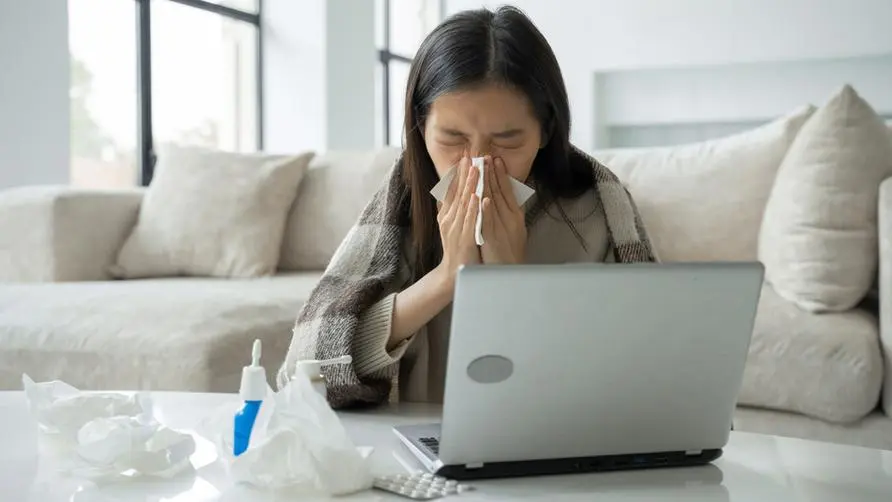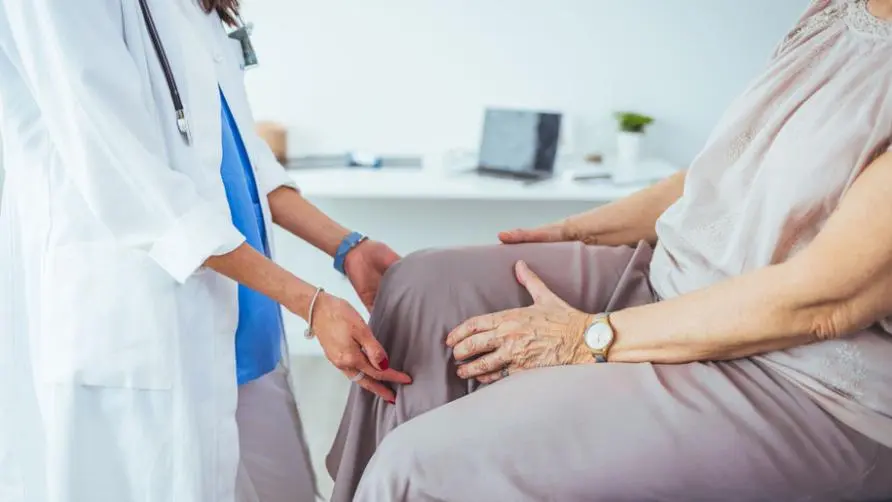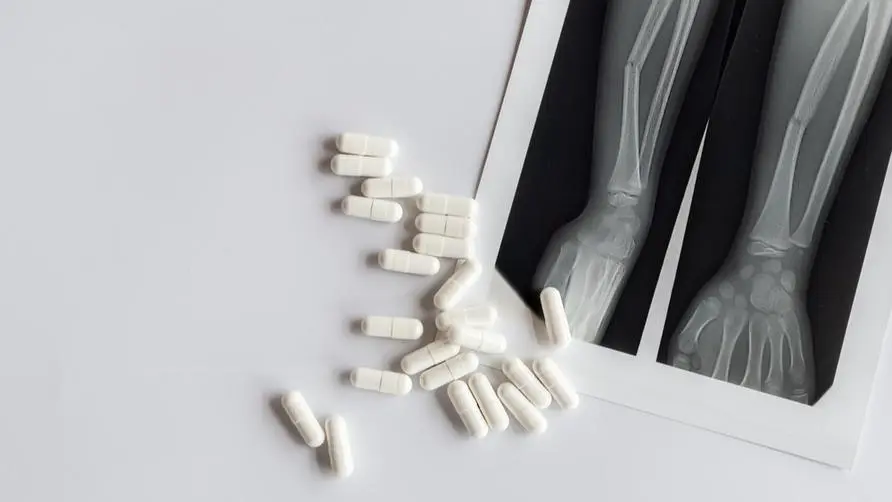Loose skin and loose bones? Is osteoporosis likely to cause bones to break again and again? Doctors reveal "2 treatments" to reduce fracture risk

What are the symptoms of osteoporosis? Is “Sagging Skin” a warning sign of osteoporosis?
If you notice “increased wrinkles” on your face, or even have symptoms such as a hunchback or lower back pain, be aware that it may be a precursor to “osteoporosis”! Dr. Shi Gaoshang, director of the Department of Orthopedics at Shin Kong Ngo Huo Shi Memorial Hospital, said that osteoporosis is often called the “silent killer” and there are no obvious symptoms in the early stages. If people have three major signs: “hunched back”, “more than 4 cm shorter than the original height”, and “frequent lower back pain”, they need to be alert and seek medical treatment.
What causes osteoporosis? Dr. Shi Gaoshang explained that bone cells in the human body are divided into “osteoblasts” and “osteoclasts”, which respectively control the increase and absorption of bone mass, so that the bone density in the body can achieve a “dynamic balance”. Bone mass in the human body reaches its peak around the age of 30, and will gradually lose thereafter; and postmenopausal women do not have hormonal protection, and their bone loss rate is faster than that of ordinary people, and the risk of hip fracture is also higher.
In addition to the three symptoms of “hunchback pain”, “increased wrinkles” on the face may also be a warning sign of osteoporosis? Dr. Shi Gaoshang explained that Yale University conducted a study on postmenopausal women and found that female subjects with more wrinkles were indeed related to osteoporosis. Therefore, you may notice an increase in fine lines on your face recently, so you may want to pay more attention to the risks associated with osteoporosis.
Elderly people over 65 years old should pay attention! “10 ethnic groups” may be at risk of bone density loss
Dr. Shi Gaoshang explained that in addition to postmenopausal women, the following 10 major groups are more likely to be at risk of bone density loss. Therefore, bone density should be checked early and follow-up examinations should be carried out every two years:
Women over 65 or men over 70.
Postmenopausal women under 65 years of age with risk factors for fracture.
Women who are about to menopause and have clinical risk factors for fractures, such as being underweight, having had a previous fracture, and taking medications that are high for fracture risk.
Men aged 50-70 years with high risk factors for fractures.
People over 50 years old who have fractures caused by low impact force.
People with related diseases that may lead to low fracture volume or bone loss, such as long-term use of steroids.
Those taking medications that are related to low bone mass or bone loss.
Anyone deemed to require medication for osteoporosis.
Those who are undergoing osteoporosis treatment to track the treatment effect.
People who have evidence of bone density loss and may receive treatment.
In addition, there is currently a fracture risk assessment tool “FRAX” available on the Internet. After entering your personal information, you find that your risk of fracture within ten years is greater than 20%, or your risk of hip fracture is greater than 3%. At this time, you should actively invest in osteoporosis treatment.
If the fracture is not cured, the bone may break again and again! 7 types of people need to “increase revenue and reduce expenditure” to treat osteoporosis
If you have suffered a fracture before and it has not been properly treated, may your bones be at risk of “breaking again and again”? Dr. Shi Gaoshang said that previous studies have found that if the first fracture is not treated completely, the probability of a second fracture within one year is as high as 20%; for patients with spinal compression fractures, even if bone cement perfusion is used for treatment, the chance of a second fracture will be 20% in the first year. The recurrence rate of upper and lower segment fractures is still as high as 23%. In addition, it has also been found clinically that fractures of the humerus, radius, spine and hip are the most likely parts to cause osteoporosis fractures after suffering from osteoporosis.
Dr. Shi Gaoshang pointed out that nearly 50% of Asian women will suffer from fractures after menopause. If you are diagnosed with osteoporosis after a bone density examination, you should actively repair and strengthen the bone to avoid the risk of further fractures. Judging from the current osteoporosis drugs, they are divided into two types: “reducing bone loss” and “promoting bone formation.” Most of those covered by health insurance are taking drugs to reduce bone loss.
However, if you belong to a group with “extremely high risk of fracture”, such as bone density T-score less than -3, fractures still occur after receiving osteoporosis drug treatment, multiple fractures, osteoporosis fractures in the past 12 months, or taking drugs that damage bones. “Seven extremely high-risk groups” such as those with fractures (such as steroids), those with a high risk of falls or those with a history of injurious falls, and those with an extremely high risk of FRAX fractures may continue to occur even if they seek medical treatment and are treated solely with medications to reduce bone loss. Broken bones, limited effect.
Therefore, Dr. Shi Gaoshang emphasized that the above-mentioned high-risk groups for osteoporosis need to take a two-pronged approach of “kaiyuan” (increasing bone density) and “throttling” (reducing bone loss) to significantly reduce the risk of fractures. It is recommended that people over 65 years old should pay special attention to the problem of osteoporosis. In addition to seeking medical treatment as soon as possible, they should eat a balanced diet, consume more calcium-rich foods, actively quit smoking and drinking, get moderate sun exposure, obtain vitamin D and other good habits, and exercise. Adding moderate resistance training or weight-bearing can also help improve bone quality and increase bone density.
This health education information is provided with the assistance of Taiwan Amgen
TW-03495-EVE-2022-Sep
Further reading:





